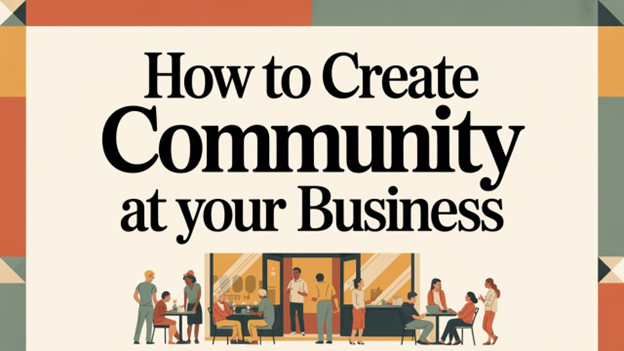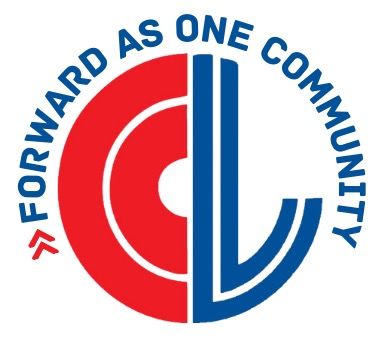Mentoring High Achievers: A Guide for Small Business Owners
- Foster a growth mindset in high achievers by sharing stories of failure as a learning tool and encouraging them to face hypothetical leadership challenges.
- Develop emotional intelligence in leaders through regular feedback sessions, focusing on understanding their own and others' emotions.
- Expand networks and influence by introducing high achievers to new contacts, encouraging participation in industry events, and employing the “24/7/30 model” for follow-ups to build lasting relationships.
- Use these strategies to mentor top performers effectively, driving innovation and excellence in your business while fostering an environment that promotes growth, resilience, and leadership.
555 words ~ 1.5 min. read
As a small business owner or team leader, mentoring high achievers within your team can significantly enhance their potential and ultimately drive your business forward. A recent article in Harvard Business Review by leadership experts Ruth Gotian and Andy Lopata highlights the necessity of sophisticated mentoring for high achievers, offering three effective strategies to ensure top performers flourish. Read on to learn more about how to help your best and brightest reach their full potential.
Foster a Growth Mindset
Encouraging a growth mindset is crucial for high achievers. As Gotian and Lopata explain, highly successful individuals are less familiar with failure and may struggle with setbacks. Helping these leaders understand that there are lessons available ‘failing forward,’ can help them use failure to their advantage.
Gotian and Lopata offer two crucial strategies for fostering a growth mindset among high achievers. First, they suggest sharing narratives of other elite performers who have encountered setbacks and their strategies for overcoming them. Secondly, they recommend engaging leaders in discussions about hypothetical challenging scenarios, such as adapting to abrupt changes in their field. These discussions are instrumental in helping high achievers perceive challenges and failures as opportunities for growth, aligning with their innate drive for improvement.
Develop Emotional Intelligence
Emotional intelligence (EQ) is a vital skill for leaders, particularly in small business environments where interpersonal relationships are foundational. As a mentor, Gotian and Lopata recommend helping high achievers gain insights into their emotions as well as those of others. Regular feedback sessions can help in this area by providing structured opportunities for self-reflection. Discuss specific instances where their emotional responses influenced outcomes, in order to facilitate a deeper understanding of their leadership style and interactions with colleagues. This focus can be particularly beneficial for those less inclined towards techniques like journaling or meditation.
Expand Networks and Influence
A strong network is crucial for high achievers aiming to expand their success.Often, these individuals have established connections but may overlook key relationships that could enhance their success. As a mentor, you can play a pivotal role in identifying these blind spots. Facilitate introductions to new contacts, including thought leaders and innovators from various sectors. Encouraging attendance at industry conferences or participation in cross-industry collaborations can yield fresh insights and broaden horizons.
A practical approach to maintaining these new connections is utilizing what Gotian and Lopata call the “24/7/30 model” for follow-ups. This approach provides a straightforward template for individuals to reach out 24 hours after meeting, again after 7 days, and once more after 30 days. This simple strategy helps turn fleeting encounters into lasting relationships, which can be instrumental in developing long-term relationships and networks that can help top performers grow.
The Takeaway
Mentoring top performers needs a smart approach. The HBR article points out that using techniques to develop a growth mindset, improve emotional intelligence, and widen networks can help these individuals—and your business—achieve more. The main aim of mentorship is to motivate and back up your team leaders, helping them keep up their success and grow into leaders who can drive innovation and excellence.
By putting these methods into practice, small business owners can create a setting that encourages growth, toughness, and leadership, making a big difference in their company's long-term success and survival.
---
The Leavenworth-Lansing Area Chamber of Commerce is a private non-profit organization that aims to support the growth and development of local businesses and our regional economy. We strive to create content that not only educates but also fosters a sense of connection and collaboration among our readers. Join us as we explore topics such as economic development, networking opportunities, upcoming events, and success stories from our vibrant community. Our resources provide insights, advice, and news that are relevant to business owners, entrepreneurs, and community members alike. The Chamber has been granted license to publish this content provided by Chamber Today, a service of ChamberThink Strategies LLC.




